Thyroid Storm Full Overview
What is the thyroid?
Your body is comprised of a number of systems that are meant to work together. One of these systems is the endocrine system, which has various glands in the body in charge of moving chemicals and hormones throughout the body. The thyroid gland is one of those very important glands. It’s a butterfly-shaped gland at the front of the neck below the Adam’s apple. It releases the hormones that control metabolism, which in turn controls the way your body uses energy. The hormones in your thyroid regulate body temperature, breathing, heart rate, weight, mood, and much more. In a normal functioning body, hormones are tightly regulated and in control. When the balance is disrupted, a number of problems can occur as the endocrine system has an effect on nearly every cell, function, and organ in the human body.
What happens when the thyroid becomes overactive?
Two of the major players in thyroid function are the T3 and T4 hormones. The amount of T3 and T4 hormones released is controlled by another hormone called the thyroid stimulating hormone (TSH). T3 and T4 hormones play a vital role in the way your whole body functions. If the thyroid gland makes too much T3 and T4, it leads to hyperthyroidism and your body becomes overactive. If too much of these hormones flow through the body, the body begins to run a race it is not prepared for. It is like the body is constantly running a marathon. The heart can race faster than it should and you can experience palpitations. You can become sweaty, shaky, and feverish. Some people experience nervousness, anxiety, and sleep problems. Hand tremors may develop. Because metabolism is ramped up, someone with hyperthyroidism may eat more, but lose weight. Diarrhea and nausea are also common. With the body constantly in overdrive, you may also experience fatigue and muscle weakness. Women affected by hyperthyroidism may experience light or missed periods. Some people may develop a goiter, which appears as a swelling in the front of the neck. If the disease attacks your eyes, they can bulge and protrude and feel irritated. Because an overactive thyroid can cause so many symptoms in different parts of the body, it often mimics other health problems and can lead to a delay in diagnosis. You may get only a few of the symptoms or most of them. Everyone is different, but a good, knowledgeable doctor should have a thyroid test on their checklist when a patient reports these symptoms. The best natural supplements for hyperthyroidism may help relieve these symptoms.
The most common cause of hyperthyroidism is Graves’ Disease, an autoimmune disorder. In an autoimmune disease, the body turns against itself and produces antibodies in excess proportion. Antibodies are the soldiers of the immune system and under normal circumstances help to keep peace within the body and everything running as it should. When an autoimmune disease gives marching orders for the body’s soldiers to run amok, the production of antibodies goes out of control and results in overproduction of hormones.
How is Thyroid Storm treated?
There are two mainstays of treatment of an overactive thyroid gland – propylthiouracil (PTU) and methimazole (Tapazole). When prescribed correctly, either medication usually brings hyperthyroidism under control within several weeks. Many patients are also prescribed beta blockers, which help alleviate many of the unpleasant symptoms in the short term.
Thyroid Storm – When things go terribly wrong
A very rare complication of hyperthyroidism and Graves’ Disease is a condition called thyroid storm. This only happens in 1 to 2% of cases of an overactive thyroid. Thyroid storm can occur when the levels of thyroid hormones become dangerously elevated. Thyroid storm is a medical emergency as up to 90% of people who get the condition will die from it without treatment. Its manifestations affect how oxygen is consumed, the rate of metabolism, and an increase in the sympathetic nervous system activity. While it’s not fully understood how it occurs, it is thought that the body has an increased response to epinephrine and dopamine, the chemicals that increase heart rate, alertness, and blood pressure. When the body is healthy, controlled levels of these chemicals actually help the body in times of stress. But when too much of a response occurs in a person with hyperthyroidism, thyroid storm can develop. Usually a person will have another co-factor that enables thyroid storm to ensue in the body. Some of those causes are infection, trauma, heart attack, diabetic complications, and pregnancy. When someone doesn’t take their thyroid medication as prescribed, this can also lead to thyroid storm. Furthermore, medications such as interleukin-2 and a-interferon have been reported to induce thyroid storm when they have been used to treat certain illnesses unrelated to the thyroid. The typical patient with thyroid storm is a young to middle-aged woman, but it can affect anyone. Women are 3 to 5 times more likely than men to get thyroid storm, but all racial and ethnic groups are affected evenly.
Diagnosis and treatment of thyroid storm
Most of the time, the diagnosis of thyroid storm is made on the basis of clinical findings. Symptoms of thyroid storm can include a fever over 101.3, a rapid heartrate which is often at least 140 beats a minute, diarrhea and/or vomiting, jaundice, severe agitation or confusion, sweating, and a loss of consciousness. Profuse sweating can lead to dehydration and loss of electrolytes. If the condition progresses, the heart and circulatory system may begin to be more seriously affected and can cause chest pain, high blood pressure, and shortness of breath. Complications can result in pulmonary edema, sepsis and multiple organ failure, perforation in the gastrointestinal system, congestive heart failure, and death. Anyone with overactive thyroid disease who exhibits these symptoms should be suspected of having thyroid storm. Waiting on test results can be deadly as the results take time and treatment should begin promptly. Once thyroid storm is recognized, the patient should be managed in an appropriate location such as an Acute Medical Unit or ICU.
When thyroid storm is not as severe, it can often be managed with supportive measures such as oxygen if breathing is difficult or fluids in cases of dehydration. Cooling blankets can also help bring down a fever. Monitoring for excess fluid can also help prevent congestive heart failure or pulmonary edema. Vitamins and glucose can help keep blood sugar levels stable as well as replenish lost nutrients. When the cause of thyroid storm is an infection, antibiotics should also be administered. Finally, appropriate medications to manage symptoms and to decrease the levels of the thyroid hormones in the blood are most important to returning the body back to functioning properly.
In more severe cases, when thyroid storm affects the heart, anti-arrhythmias are warranted and beta blockers are often used. In patients having problems breathing, intubation or bi-pap should be used as needed. Sedatives can be cautiously used when necessary, however, they do have an effect on the respiratory system and can dangerously slow down breathing. Chlorpromazine can help reduce the body temperature and bring it down to normal.
With its many widespread implications and dangers to the body, it’s easy to see why early detection of thyroid storm is important. Prognosis is markedly improved with appropriate treatment. Death is more likely to occur in patients who are 60 years of age and older.
We can now see how important of a role the thyroid plays in overall health and is a key player in a normally functioning body. When disease affects this vitally important part of the body, prompt recognition and management of an overactive thyroid can help prevent complications like thyroid storm from occurring.
References:
Misra, Madhusmita. Thyroid Storm. Medscape. 9 Dec 2016. http://emedicine.medscape.com/article/e/925147-overview
Carroll, Richard, et al. Endocrine and Metabolic Emergencies: Thyroid Storm. PMC. 2010 June. https://www.ncbi.nlm.nih.gov/pmc/articles/PMC3475282/
Thyroid Storm. Dove Med. 28 April 2016. http://www.dovemed.com/diseases-conditions/thyroid-storm/
Jha, Monica, et al. Case Report: A Case of Thyroid Storm. JIMSA. 2010 April-June. http://medind.nic.in/jav/t10/i2/javt10i2p95.pdf
Thyroid Storm. U.S. National Library of Medicine. https://medlineplus.gov/ency/article/000400.htm
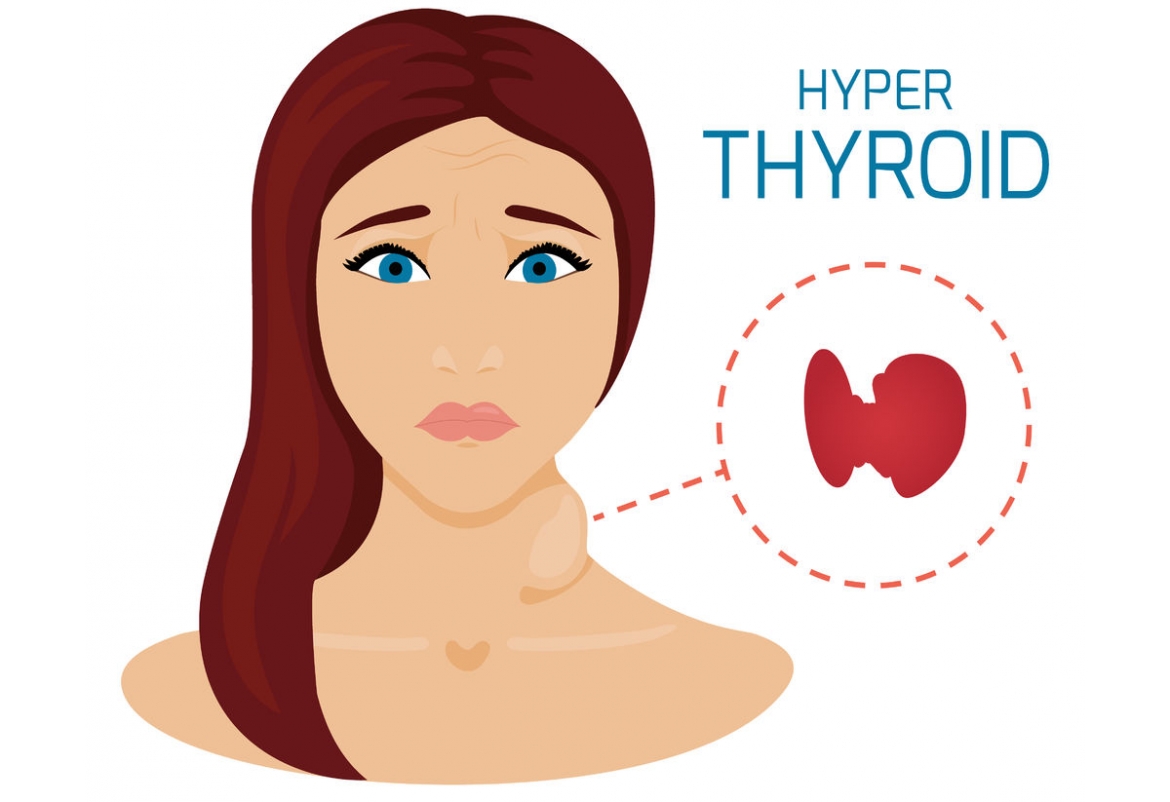





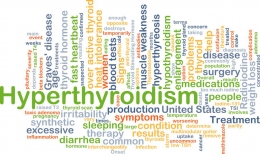
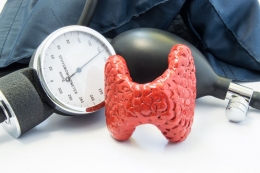
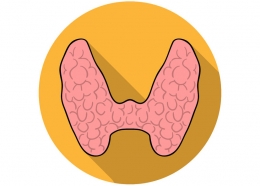
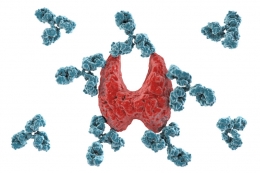



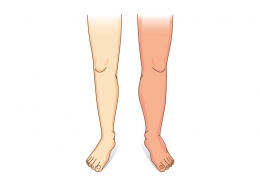















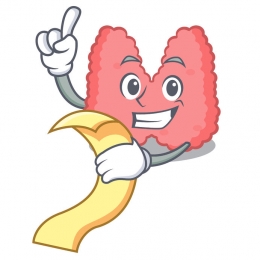
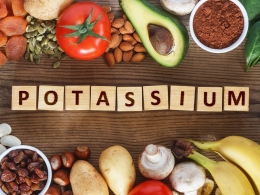




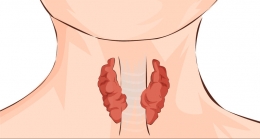
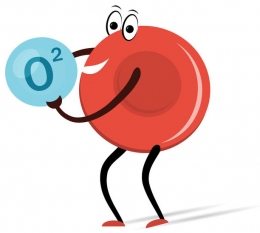


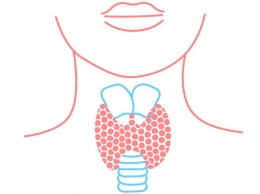




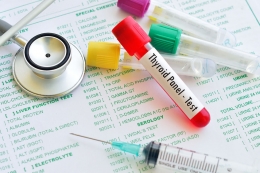










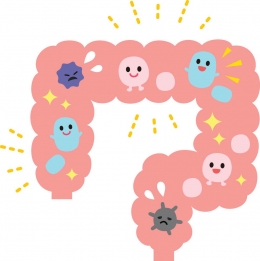




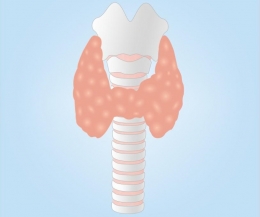
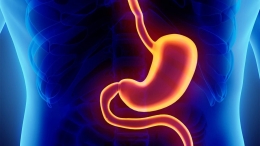
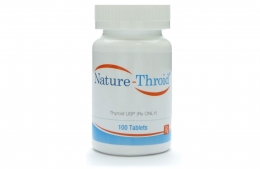








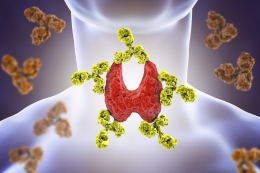

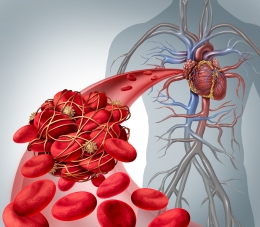
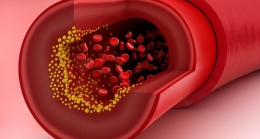


Leave a comment